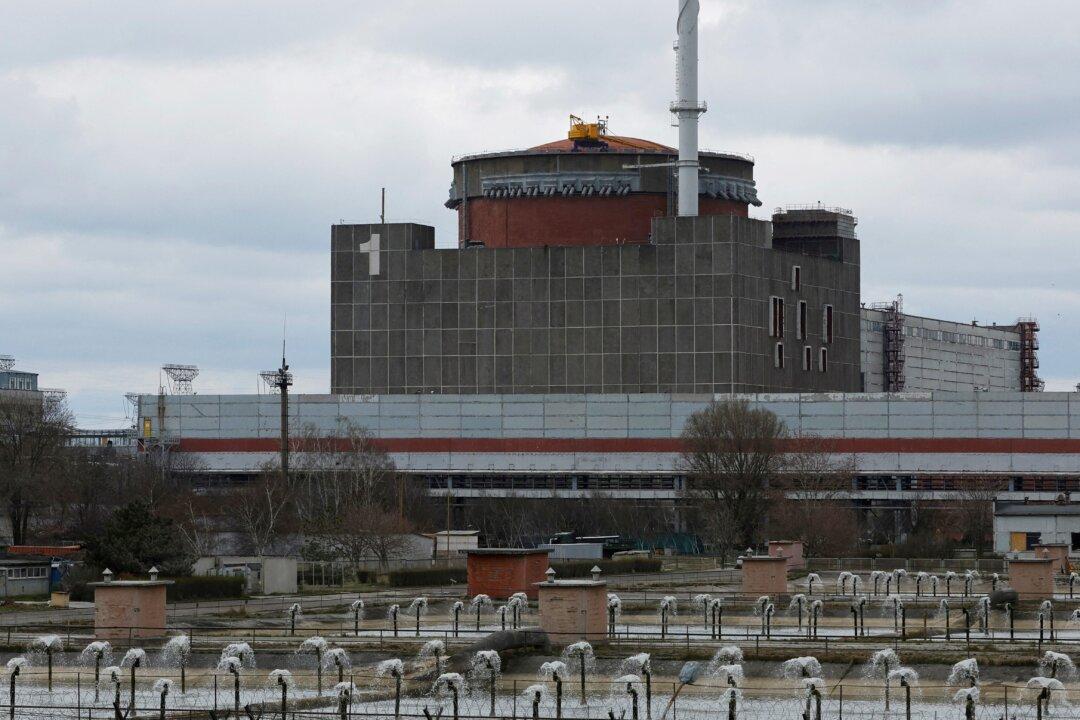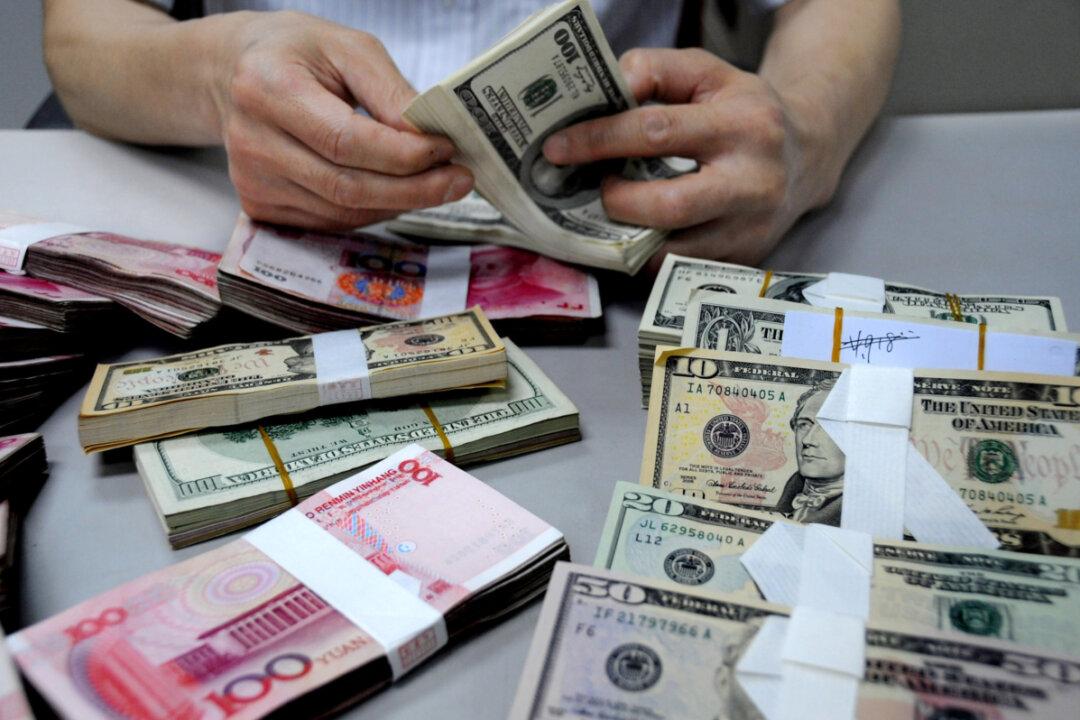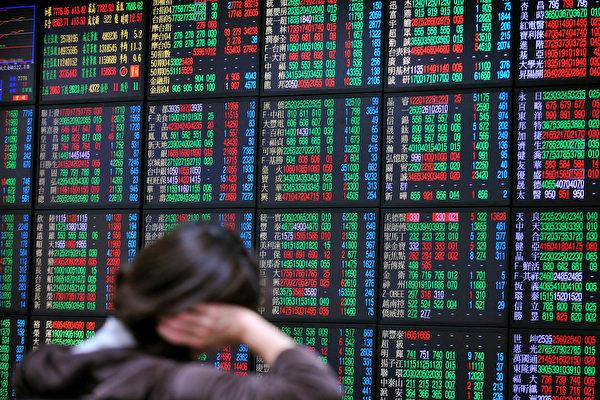Chinese steelmakers have reported significant losses from weak demand and low prices. Data released on June 28 showed that only 15 percent of Chinese steel mills remain profitable, a 27 percent drop from the first quarter and a 59 percent plunge compared to the same period last year.
According to China’s National Bureau of Statistics, pig iron and crude steel declined 5.9 percent and 8.7 percent year on year; cumulative exports and imports of steel fell 16.2 percent and 18.3 percent, respectively; and imports of iron ore and concentrates dropped 5.1 percent.





